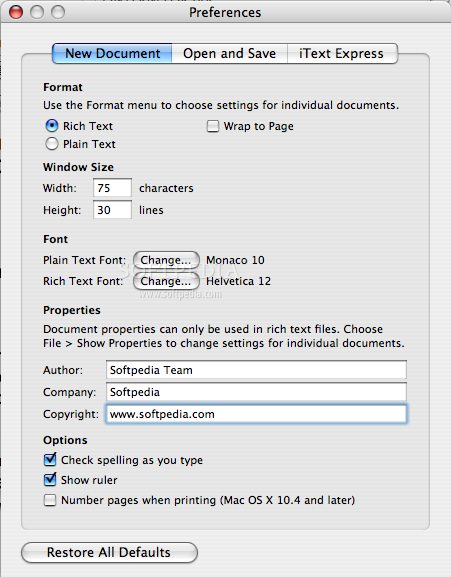

Line editors were drastic improvements over keypunching. On some line editors, the cursor could be moved by commands that specified the line number in the file, text strings (context) for which to search, and eventually regular expressions. Verifying edits was done by typing a command to print a small section of the file, and periodically by printing the entire file on a printer. Commands (often a single keystroke) effected edits to a file at an imaginary insertion point called the "cursor". The first text editors were "line editors" oriented to teleprinter- or typewriter- style terminals without a display. An alternative to cards was punched paper tape, which could be punched by some teleprinters (such as the Teletype), which did use special characters to indicate ends of records. Magnetic tape or disk "card-image" files created from such card decks often had no line-separation characters at all assuming fixed-length 80-character records. The text was carried as a physical box of these thin cardboard cards, and read into a card-reader. HistoryĪ box of punched cards with several program decks.īefore text editors existed, computer text was punched into punched cards with keypunch machines. Saving a word-processor document as a text file will lose formatting information. Saving a plain text file in a word-processor format will add formatting information that could disturb the machine-readability of the text. When both formats are available, the user must select with care. Word processors were developed to aid in formatting text for presentation on a printed page, while text editors treat text as data. Web pages add HTML tags to plain text to achieve formatting.

These capabilities were once associated only with desktop publishing, but are now common in the simplest word processor. Word processor documents generally contain formatted text, adding content that enables text to appear in boldface and italics, to use multiple fonts, and to be structured into columns and tables.The only non-printing characters in the file, usable to format the text, are newline, tab, and formfeed. A plain text file uses a simple character set such as ASCII to represent numbers, letters, and a small number of symbols.There are important differences between plain text files created by a text editor, and document files created by word processors such as Microsoft Word, WordPerfect, or.


 0 kommentar(er)
0 kommentar(er)
